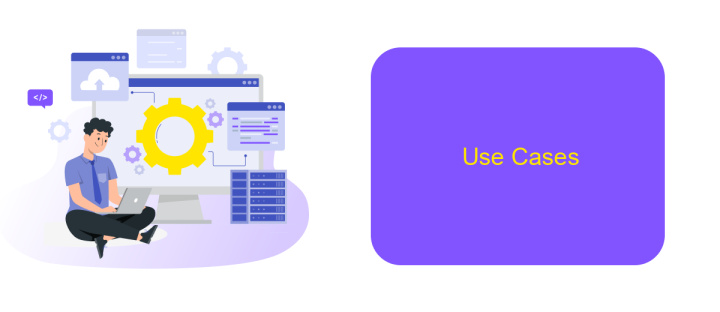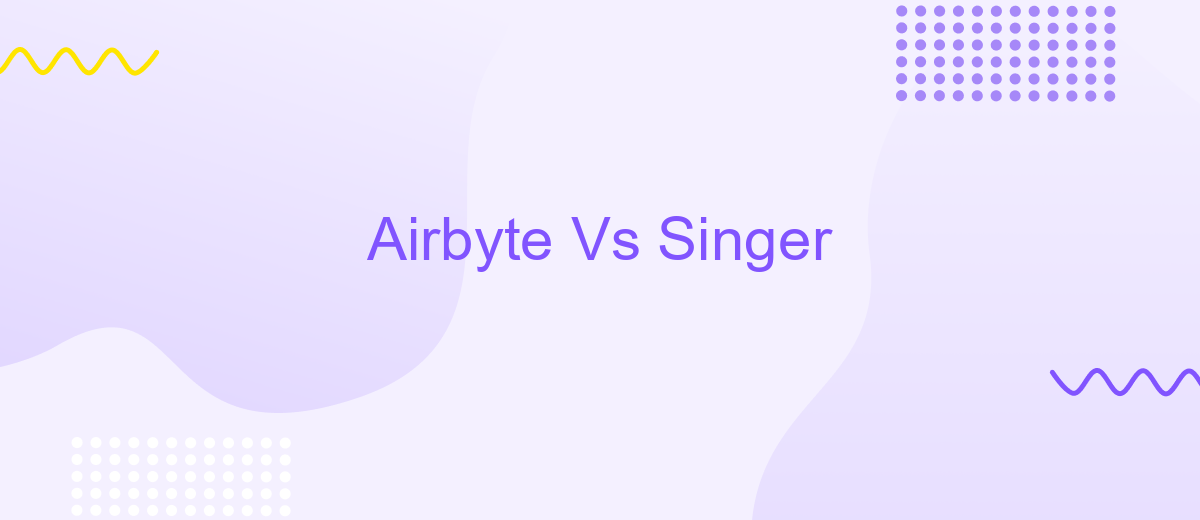Airbyte Vs Singer
When it comes to data integration, choosing the right tool can significantly impact your workflow and efficiency. Airbyte and Singer are two popular open-source solutions that offer distinct features and capabilities. This article will delve into a comparative analysis of Airbyte and Singer, examining their strengths, weaknesses, and ideal use cases to help you make an informed decision.
Introduction
In the realm of data integration, Airbyte and Singer are two prominent open-source platforms that offer robust solutions for data extraction and loading. These tools are designed to simplify the process of connecting various data sources and destinations, enabling seamless data flow across systems. Both platforms have their unique strengths and cater to different use cases, making it essential to understand their core features and differences.
- Airbyte: A modern ELT platform with a focus on extensibility and ease of use.
- Singer: A flexible and lightweight framework for ETL, known for its "tap" and "target" scripts.
- ApiX-Drive: An integration service that can facilitate the connection between various APIs, enhancing the capabilities of both Airbyte and Singer.
Choosing between Airbyte and Singer depends on your specific needs, such as the complexity of data workflows, the frequency of data updates, and the level of customization required. While Airbyte offers a more user-friendly interface and extensive connector support, Singer provides greater flexibility through its modular design. Additionally, services like ApiX-Drive can complement these platforms by offering additional integration capabilities, ensuring a more streamlined and efficient data integration process.
Architecture and Functionality

Airbyte and Singer both serve as robust ETL (Extract, Transform, Load) frameworks, but their architectures and functionalities differ significantly. Airbyte focuses on modularity and scalability, offering a platform that allows users to create custom connectors easily. It provides a user-friendly interface for managing data pipelines, with built-in scheduling and monitoring features. Additionally, Airbyte supports incremental data updates, which optimizes data transfer and reduces load times. It is designed to be highly extensible, making it suitable for a wide range of data sources and destinations.
On the other hand, Singer employs a more straightforward, code-centric approach. It uses a set of standardized JSON-based data streams, known as "taps" and "targets," to extract and load data. This makes Singer highly flexible but requires more technical expertise to set up and manage. Unlike Airbyte, Singer does not offer a graphical interface or built-in scheduling. However, services like ApiX-Drive can be utilized to streamline the integration process, providing an additional layer of automation and ease of use. ApiX-Drive can help bridge the gap between Singer's raw capabilities and user-friendly operation, making it easier to manage complex data workflows.
Pros and Cons

When comparing Airbyte and Singer, it's essential to consider their strengths and weaknesses to determine which tool best fits your data integration needs.
- Airbyte Pros:
- Open-source and highly customizable
- Wide variety of connectors
- Active community and frequent updates
- Support for incremental data replication
- Airbyte Cons:
- Can be complex to set up for beginners
- Requires more resources for maintenance
- Singer Pros:
- Simplicity and ease of use
- Modular design with reusable components
- Strong community support
- Singer Cons:
- Limited number of pre-built connectors
- Less frequent updates
Ultimately, the choice between Airbyte and Singer depends on your specific requirements and technical expertise. For those seeking a more straightforward setup, integrating with a service like ApiX-Drive can streamline the process and reduce the complexity of managing data pipelines.
Use Cases

When comparing Airbyte and Singer, it's essential to understand their specific use cases to determine which tool is best suited for your data integration needs. Both platforms offer unique features that cater to different scenarios and requirements.
Airbyte is ideal for organizations looking for a highly customizable and scalable solution. It supports a wide range of data sources and destinations, making it perfect for complex data pipelines. Additionally, Airbyte's open-source nature allows for extensive customization and community-driven improvements.
- Customizable data pipelines
- Scalable for large datasets
- Wide range of supported data sources and destinations
On the other hand, Singer is well-suited for users who need a lightweight and straightforward data integration tool. It uses a simple, standardized format for data extraction and loading, which makes it easy to set up and maintain. For those looking to simplify their integration process, tools like ApiX-Drive can further streamline the setup and management of data flows, offering a user-friendly interface and automation capabilities.
Conclusion
In conclusion, both Airbyte and Singer offer robust solutions for data integration, each with its unique strengths. Airbyte stands out with its user-friendly interface and extensive connector library, making it an excellent choice for businesses seeking a straightforward setup and seamless data synchronization. On the other hand, Singer provides a more flexible and developer-friendly environment, ideal for those who require custom integrations and greater control over their data pipelines.
When choosing between the two, consider your specific needs and technical capabilities. For organizations looking to simplify their integration processes, services like ApiX-Drive can further enhance the experience by offering automated workflows and easy configuration. Ultimately, the right choice depends on your priorities—whether it's ease of use, customization, or the ability to scale. Both Airbyte and Singer have proven to be reliable tools in the ever-evolving landscape of data integration.


FAQ
What is the primary difference between Airbyte and Singer?
Which tool is easier for non-technical users to implement?
Can both Airbyte and Singer handle real-time data synchronization?
How do Airbyte and Singer handle data transformation?
What are the common use cases for choosing ApiX-Drive over Airbyte or Singer?
Strive to take your business to the next level, achieve your goals faster and more efficiently? Apix-Drive is your reliable assistant for these tasks. An online service and application connector will help you automate key business processes and get rid of the routine. You and your employees will free up time for important core tasks. Try Apix-Drive features for free to see the effectiveness of the online connector for yourself.

